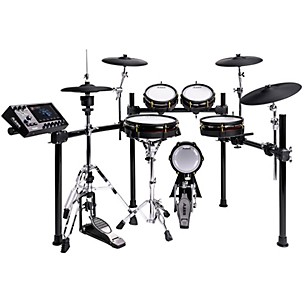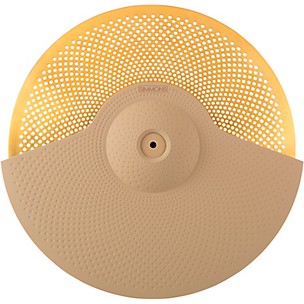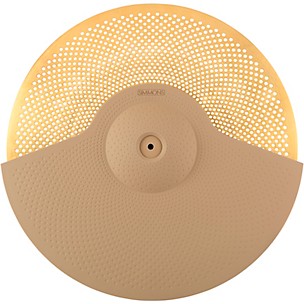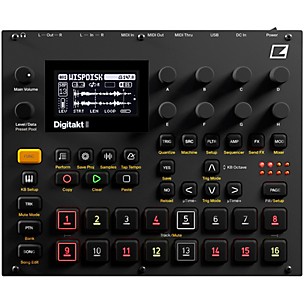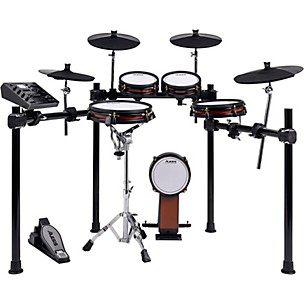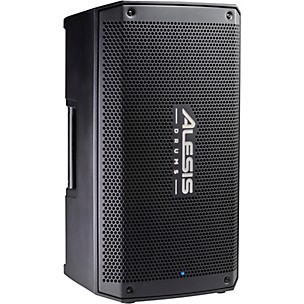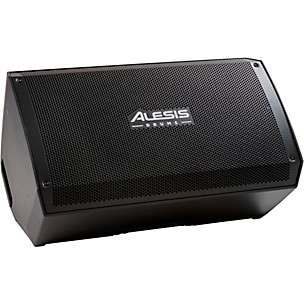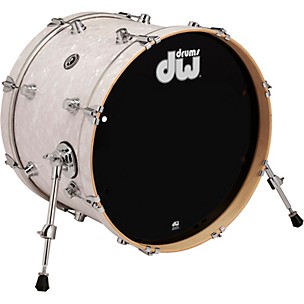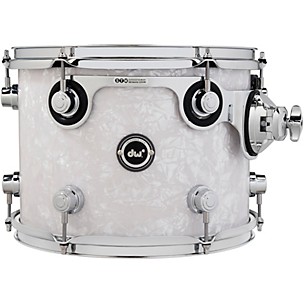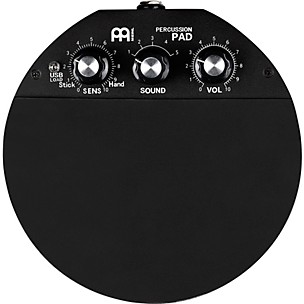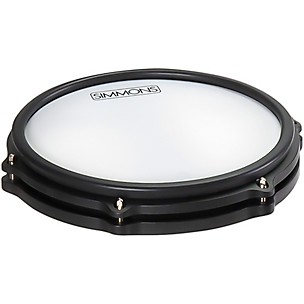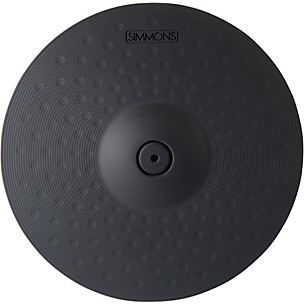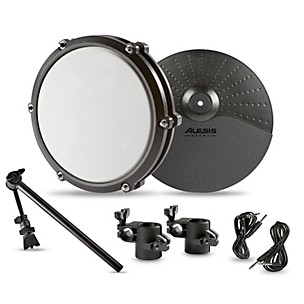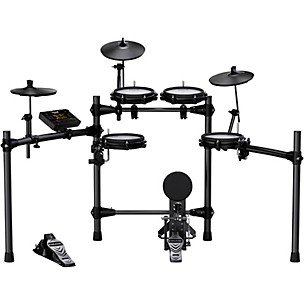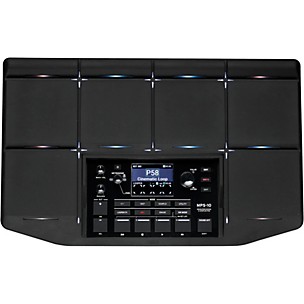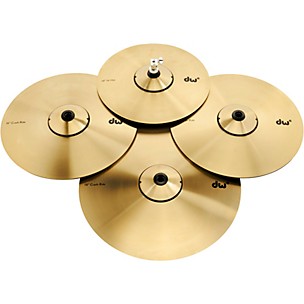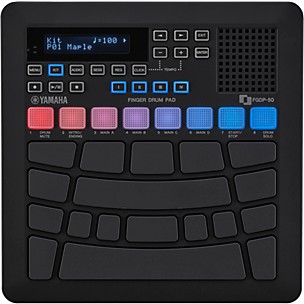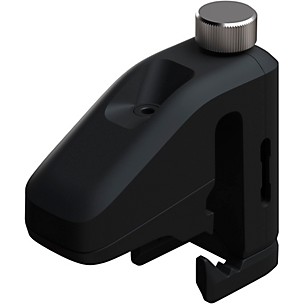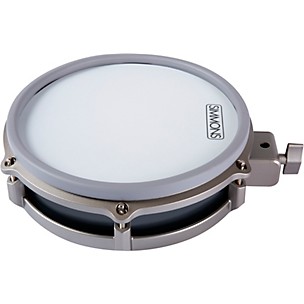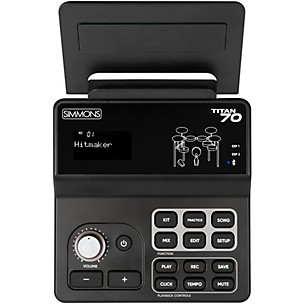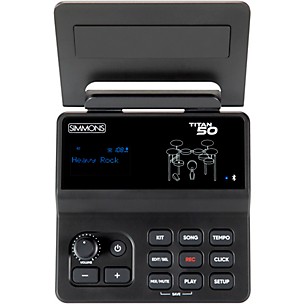Electronic Drums
About Electric Drums
Electric drums have improved tremendously since they were first created in the early '70s by Graeme Edge (drummer of The Moody Blues). By the late '70s companies like Simmons were earning praise from many famous musicians and by the '80s electric drums and drum machines could be heard on top-selling recordings by Rush and Duran Duran. Soon Roland and Yamaha were designing electric drums of their own and today these names continue to lead the way in the manufacture of electronic musical instruments.
Opting for a set of electric drums over an acoustic kit has many upsides: since they're electrical players have the ability to control the volume of their practice sessions. This is a big advantage for drummers who are parents of young children or live in apartment buildings and need to stay quiet by a certain hour (note: many electric kits have a headphone option but musicians who prefer to play without headphones will need to have a drum set monitor to make their sound audible). Another benefit to owning electric drums is that they are more compact than acoustic kits (ideal for drummers who rehearse in cramped spaces). Electronic drum sets are usually loaded with unique tools like metronomes and trigger pads that can produce a wide array of sound effects such as other instruments. Other common built-in features include the ability to record practice sessions and play along with an MP3 player or iPod.
In addition to the many advantages there are to owning electric drums today's kits have never been so capable of replicating the feel and sound of their acoustic counterparts. Modern electronic drums and electronic cymbals can easily trick a person into believing that they are listening to a regular set and even drum sticks for electric kits are now weighted and balanced to feel like a wooden pair. As mentioned earlier companies like Simmons, Roland, Alesis, and Yamaha each offer terrific electric drum kits and speaker systems to consider.
